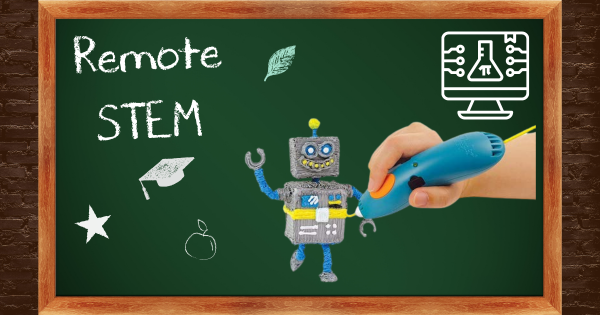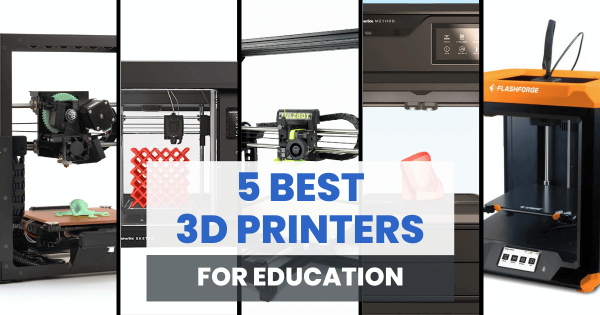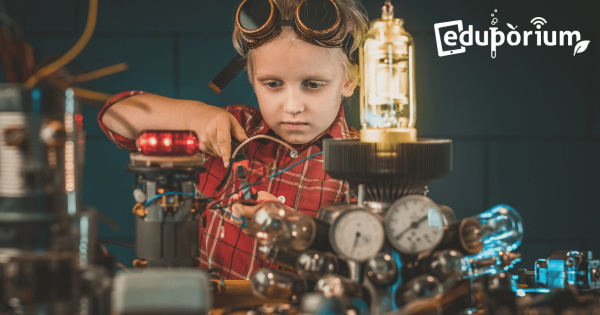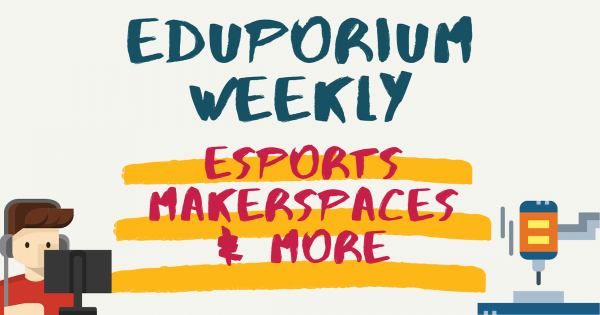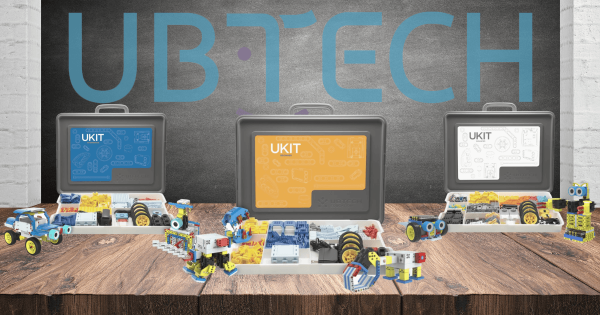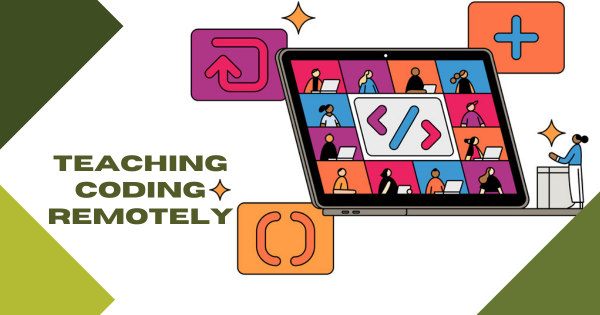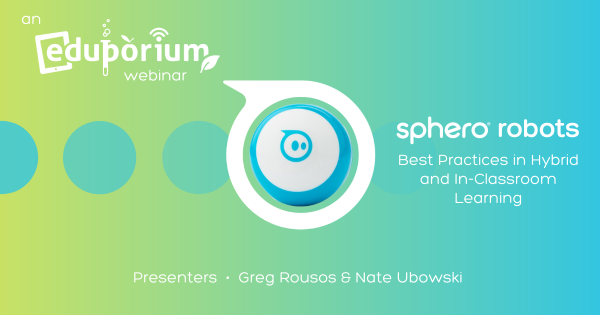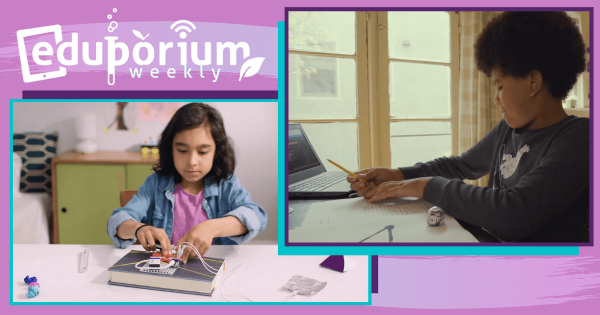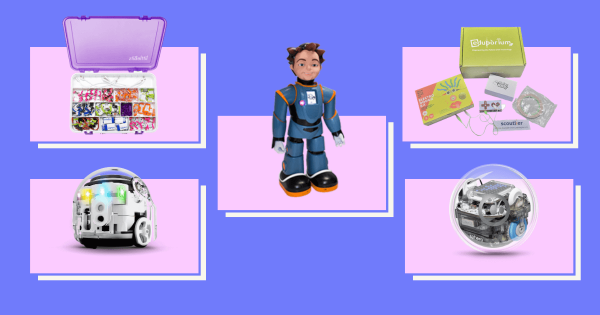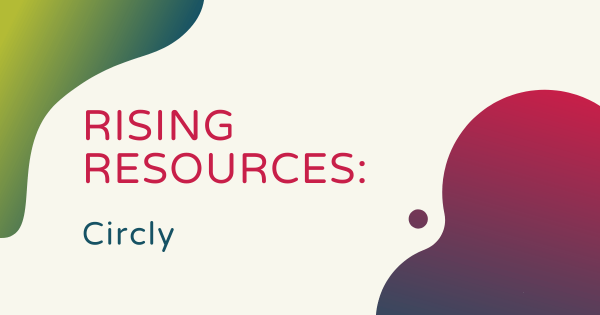This week, we thought it would be fun to highlight five more of our favorite tech tools for helping to bring STEM learning experiences to students who are taking part in full remote or hybrid learning to start out the school year. And, with that being said, we’d like to reiterate one more time that remote learning does not mean
Search results for '5 more remote'
-
5 Best 3D Printers For Education In 2025
When it comes to crafting the perfect makerspace experiences, educators can try incorporating a wide variety of hands-on STEAM activities. To truly maximize student engagement and empower them all to feel like authentic problem solvers, however, 3D printing is an awesome option and these are some of the best educational 3D printers for K–12 school STEM programs. -
Eduporium Weekly | Highlighting Child Inventors To Inspire More
It’s not just the seasoned scientists and computer programmers who might invent world-changing and progress-focused solutions. In fact, there’s also plenty of inventive kids and teens out there who have left their mark on the world with both big and small inventions, and some have even contributed to key inventions throughout history. So, let’s learn about a few of them. -
Eduporium Weekly | Maker Ed, Esports, And More Resources
As learning initiatives evolve and adapt to better serve students in the 21st century or, in recent years, better allow for productive learning experiences from anywhere, rest assured we’re always doing our best to gauge how we can help. We’ve even created a bunch of useful content for school leaders, classroom teachers, librarians, and various education professionals. -
Top 10 Job Skills For 2025 From The UBTECH Education Team
Equipping students with the job skills for the future is a challenge because we don’t necessarily know what life in the future workforce will be like. We can make an educated guess though and, with added assistance from our partners at UBTECH Education, we’re exploring some of the most relevant skills and how UBTECH’s STEM products can help students acquire -
Summer STEM: Tips for Teaching Coding Remotely
STEM education and coding in particular do not have to come to a halt just because education has been altered. Teachers around the world have been going to great lengths since March to continue delivering instruction with the highest quality possible and that can include STEM experiences in remote learning if you have a sound strategy. -
Video: Using Sphero Robots in Remote and Hybrid STEM
Led by Nate Ubowski and Greg Rousos, learn how teachers can use the Sphero BOLT, RVR, and Mini for robotics lessons in remote learning. Going beyond the 4 C’s to spark curiosity and create a greater sense of community improvement, the presenters also covered how Sphero’s robots allow for efficient STEAM instruction. -
Eduporium Weekly | PBL in Remote Learning
PBL involves students working as part of a group most of the time on a community-focused project designed to affect authentic change. You can see how this might be tough to do in a remote environment, but a lot of progress has been made. It takes true teamwork, but PBL IRL (in remote learning) is certainly a possibility. -
5 EdTech Tools for Combining STEM and SEL
Luckily, students still have the potential to use STEM tools to boost their overall social-emotional connections. It comes down to finding the right technologies and aligning those tools with accessibility and relevant projects. Other SEL tools are built more for the classroom and that’s okay, too. Here are a few of the best for combining SEL and STEM. -
Rising Resources | Circly in Remote Learning
Circly is characterized as a visual organizer platform that helps create easier collaboration. It's free and can help all students organize and visualize ideas or help educators collaborate and learn with peers. Learn why we chose to explore Circly in the latest installment of our Rising Resources blog. Keep reading to learn more about it!



